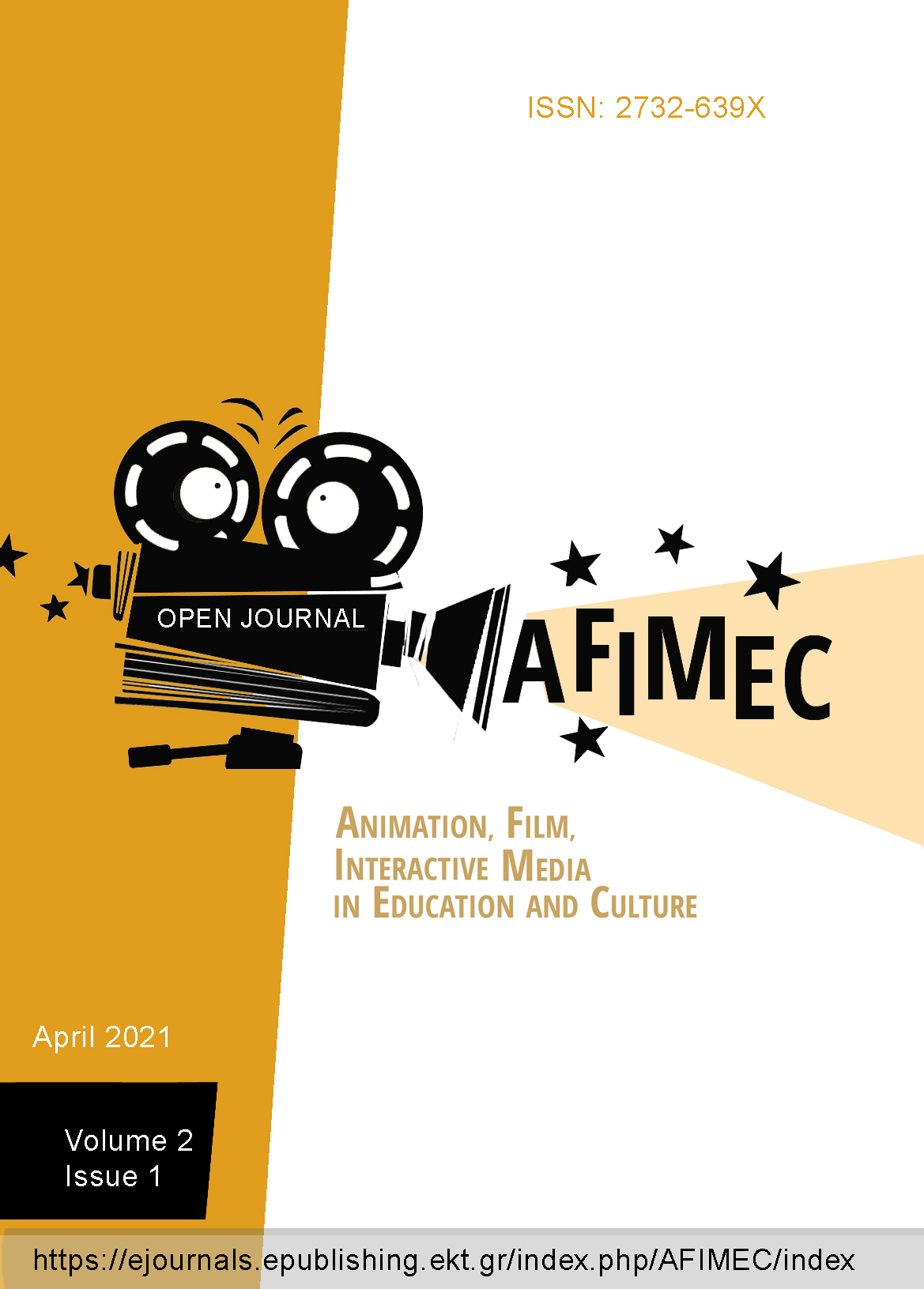Grotesque Metamorphoses and Creative Practices in Jan Svankmajer

Abstract
This paper explores stop motion puppetry films through the lens of the grotesque, to see how this aesthetic category helps in understanding the medium and its appeals. Noel Carroll describes the grotesque as, a “departure from the ordinary” whereas Wolfgang Kayser tries to explain its nature as that of an “estranged world”. The animated works of pioneering filmmaker Jan Svankmajer have been pivotal when it comes to visual manifestations of hybrid forms and the formation of illusory supernatural life by merging objects of animate and inanimate simulacra. I will discuss in which ways the grotesque is portrayed in Svankmajer’s films by examining manifestations of grotesque in the bodies of the puppets as well as in the filmmaker’s creative process. When going into a more in-depth analysis, Mikhail Bakhtin’s concept of the ‘grotesque body’ and its relationship to the earth as an unfinished metamorphosis of existence and Wolfgang Kayser’s writings on the grotesque as an alienated world created through the practices of the artist will also be used to identify how Svankmajer mixes and alters the biological and ontological categories of everyday objects.
Article Details
- How to Cite
-
Zhonga, I. (2021). Grotesque Metamorphoses and Creative Practices in Jan Svankmajer. Open Journal of Animation, Film and Interactive Media in Education and Culture [AFIMinEC], 2(1). https://doi.org/10.12681/afiinmec.26406
- Section
- Theory
- Οι Συγγραφείς διατηρούν τα Πνευματικά Δικαιώματα και χορηγούν στο περιοδικό το δικαίωμα της πρώτης δημοσίευσης ενώ ταυτόχρονα τα πνευματικά δικαιώματα της εργασίας προστατεύονται σύμφωνα με την Creative Commons Attribution License που επιτρέπει σε τρίτους - αποδέκτες της άδειας να χρησιμοποιούν την εργασία όπως θέλουν με την προϋπόθεση της διατήρησης των διατυπώσεων που προβλέπονται στην άδεια σχετικά με την αναφορά στον αρχικό δημιουργό και την αρχική δημοσίευση σε αυτό το περιοδικό.
- Οι Συγγραφείς μπορούν να συνάπτουν ξεχωριστές, και πρόσθετες συμβάσεις και συμφωνίες για την μη αποκλειστική διανομή της εργασίας όπως δημοσιεύτηκε στο περιοδικό αυτό (π.χ. κατάθεση σε ένα ακαδημαϊκό καταθετήριο ή δημοσίευση σε ένα βιβλίο), με την προϋπόθεση της αναγνώρισης και την αναφοράς της πρώτης δημοσίευσης σε αυτό το περιοδικό.


